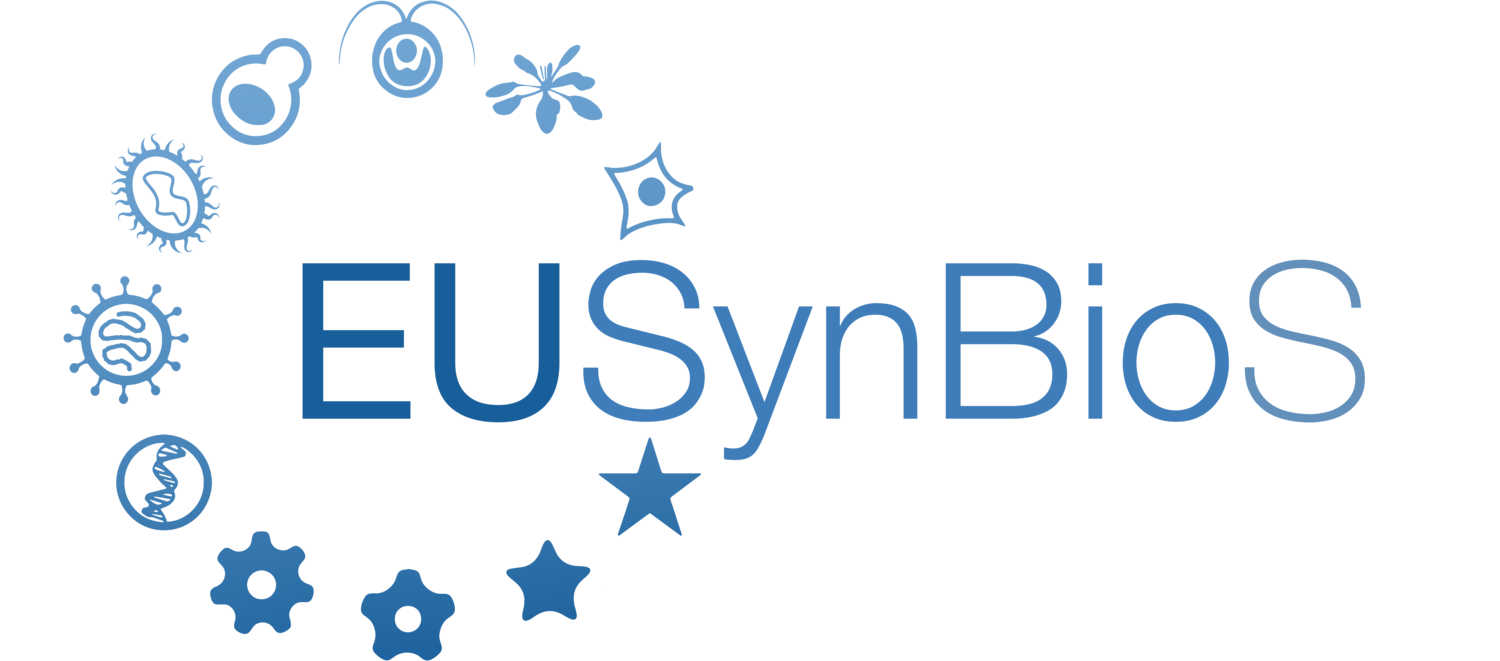Young PIs in action: Interview with Stephen Wallace
In our next installment of our Young PI series, Jo Sadler interviews Stephen Wallace, group leader and lecturer at the University of Edinburgh.
Jo Sadler: How did you find your transition to PI? Any unexpected challenges?
Stephen Wallace: Goodness…how long do we have?! The entire process was scary, but an amazing amount of fun at the same time. I think most of the challenges I faced were somewhat unexpected – you are, after all, suddenly required to adapt to a job that requires a completely new set of skills. However, research is all about venturing into the unknown so perhaps the transition to PI is simply another manifestation of this. I found the isolationism of the job quite challenging at first – going from working with a group of people in a lab to working on my own in an office was a big change.
Luckily for me, the Institute for Academic Development at the University of Edinburgh runs a brilliant Research Leadership Program, which all new PIs are enrolled on. Also, I was fortunate to be selected for the 2017 Scottish Crucible, which was an invaluable opportunity for me to engage with the media, local government and to connect with other early-career researchers in Scotland. Both of these programs helped me tremendously during my first year as a PI.
Jo: Is E. coli the ideal environment to perform chemical reactions? What are the pros and cons of performing chemical synthesis within/associated with a cell?
Stephen: What an exciting question! To be honest, this is what we are exploring right now. One of the main challenges is their perceived incompatibility. Historically, the fields of chemical and biological synthesis have been considered as mutually incompatible – i.e. metal-based chemical catalysts are inactive under the conditions required to support a living organism and are toxic to cells. However, our research is showing that this is isn’t always true. For example, we’ve recently discovered a chemical reaction that is accelerated inside the membrane of living E. coli cells (it is, after all, similar to an organic solvent!). The potential for innovative research in this field is tremendously exciting and will continue to rely on the combined efforts of both synthetic biologists and synthetic chemists.
For now, all I can say for sure is that unexpected things keep happening when we try-out synthetic reactions in the presence of living cells, and these effects can often have a positive influence on the reaction outcome.
Jo:You have worked both in the UK and the US. Any striking cultural differences between the research environments?
Stephen: Day-to-day life as a researcher in the UK/US is very similar. I’m always impressed by the “go get it!” attitude of American science, whereas I think British researchers tend to be more constrained and methodical (which isn’t necessarily a bad thing). This really inspired me during my time in Boston and LA and has certainly influenced my ethos as a PI in Edinburgh. In the absence of empirical data, the phrase “this won’t work” is banned in our lab.
Jo: Is mobility important for a researcher?
Stephen: I get asked this question a lot. Many scientists seem to believe that international experience is a prerequisite to a successful career in research. I strongly disagree with this mentality, but I do encourage my students explore options abroad when thinking about their next career move. I think it ultimately comes down to science and strategy (in that order) – where are the experts in your field? Where are the emerging techniques being developed, and can you bring something new/complementary to this field? I can always spot the scientists who move abroad simply to work for “the big name” and there’s often a downstream mono-dimensionality to their research as a result.
Jo: What is the one most important piece of advice you would give to a synthetic biology early career researcher?
Stephen: Never let an unexpected result go unexplained!
Stephen Wallace is originally from the small village of Thornhill in Dumfries and Galloway. He graduated from the University of Edinburgh in 2008 with an MChem in Medicinal and Biological Chemistry. He then moved to the University of Oxford to pursue a DPhil in Organic Chemistry in the laboratory of Prof. Martin Smith. In 2012 he took up a MRC Postdoctoral Career Development Fellowship in the laboratory of Prof. Jason Chin at the MRC Laboratory of Molecular Biology in Cambridge. In 2014 Stephen moved to the U.S. as a Marie-Curie International Research Fellow, where he worked in the laboratory of Prof. Emily Balskus in the Department of Chemistry and Chemical Biology at Harvard University. During this time, he was also a Visiting Associate Department of Chemical Engineering at MIT, hosted by Prof. Kristala Prather. In 2016, Stephen carried out the Return Phase of his Marie Curie Fellowship in the laboratory of Prof. Steve Ley in the Department of Chemistry at the University of Cambridge, where he continued his work on combining synthetic and biological strategies for chemical synthesis. In 2017, Stephen returned to the University of Edinburgh as a Group Leader and Lecturer in Biotechnology in the School of Biological Sciences, where his lab explores scientific opportunities at the interface of organic chemistry and synthetic biology. Stephen is currently a Visiting Associate in the Department of Chemical Engineering at the California Institute of Technology, hosted by Prof. Frances Arnold.

